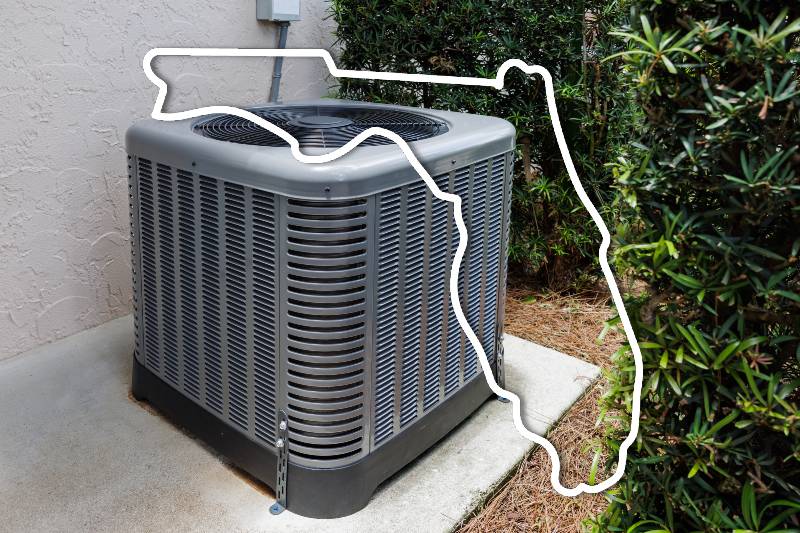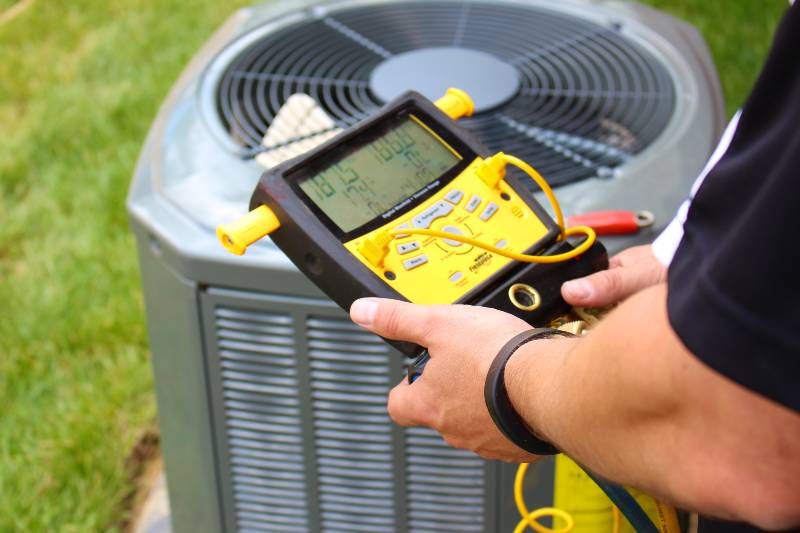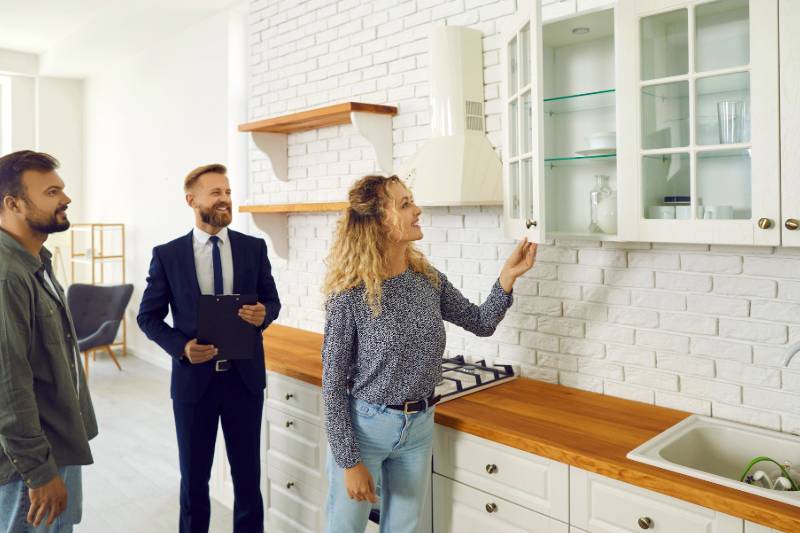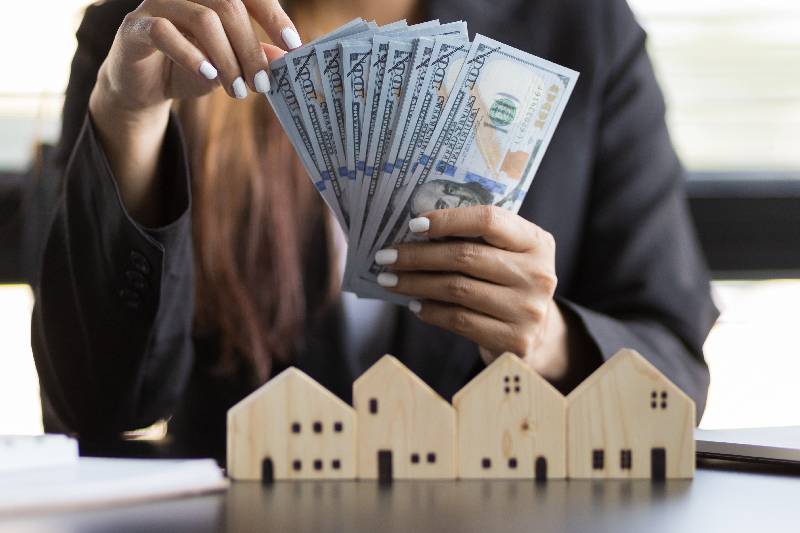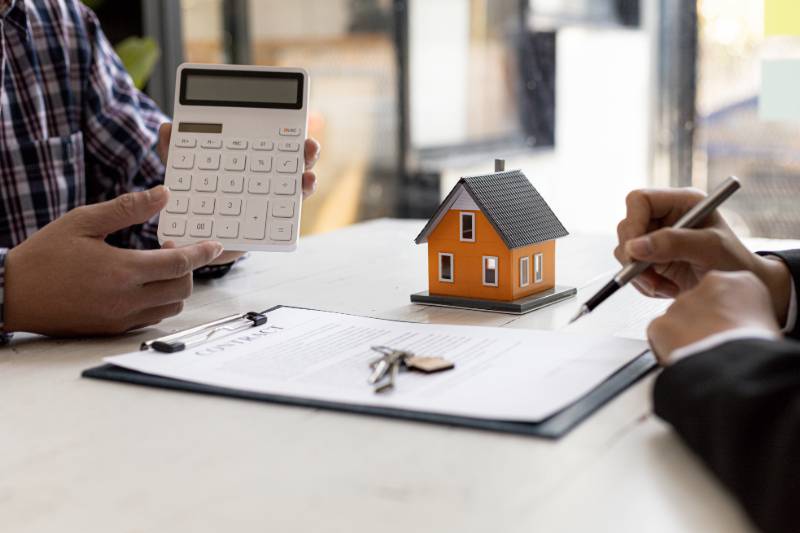Hello, up-and-coming home-selling experts!
With Property.com and this step-by-step guide, you’ll learn how to sell your house like a pro. We’ve broken the process into seven easily digestible steps, each covering what to expect and how to transition from each to the next successfully.
1. Know Your Local Market Inside Out
Firstly, before you even think about sticking that ‘For Sale’ sign in your front yard, you need to understand your local market. But where do you start? Well, Property.com has got you covered! Our platform provides a wealth of resources for you to determine the ideal selling price for your property.
How does it work? Simply use our data to see what similar homes in your area have recently sold for and analyze market trends. This will give you a clear idea of a competitive price that aligns with the current market dynamics. Pretty neat, right?
2. Partner Up with a Real Estate Agent
Let’s face it – selling a home involves a lot of nitty-gritty details. That’s where a real estate agent comes in. These professionals bring their knowledge of the local market and expertise to the table, helping you navigate the ins and outs of the selling process.
3. Enhance Your Home’s Curb Appeal and Master the Art of Staging
Once you’ve teamed up with an agent, it’s time to boost your home’s appeal. First impressions matter, and this is especially true when it comes to selling your home. Sprucing up your home’s exterior, or “curb appeal,” is a worthwhile investment that can attract more prospective buyers. Whether it involves fresh landscaping, a new paint job, or simply power washing your driveway, every little bit helps in making your property more appealing.
The interior of your home carries equal weight in this first-impression game. That’s where staging comes into play. Staging, when done right, can make your home more inviting and allow potential buyers to envision themselves living there. It’s all about showing off your home’s best features while creating a warm, welcoming environment.
Don’t know where to start? Property.com can help! We offer insights on the best ways to improve your home’s curb appeal and provide recommendations for professional home staging services in your area. With us, you’re not alone in this journey. Let’s make your home irresistible to potential buyers together!
4. Showings and Open Houses
Once your home is looking it’s best, prepare for it to take center stage. Showings and open houses are key opportunities for potential buyers to explore your home in person.
During showings, realtors typically bring one or two interested parties to view your home. It’s preferable for you to be absent during this time to let potential buyers view the home freely and comfortably. Realtors will highlight the best features of your home, using the staging as a tool to help buyers envision living there. Prior to these showings, ensure that your home is clean, clutter-free, and staged appropriately.
Open houses, on the other hand, allow a larger number of potential buyers to tour your home within a set timeframe. It’s another instance where your absence is beneficial, allowing buyers to explore freely. Before an open house, in addition to the staging, consider having your home professionally cleaned and remove any personal items that might distract potential buyers. Remember, the goal of staging, showings, and open houses is to let buyers imagine your home as their future residence.
Property.com can assist you in preparing for these events. We provide guidance on showing etiquette and how to optimize your home’s presentation for an open house. Remember, each showing or open house is an opportunity to impress, so let’s seize them together!
5. Understanding Offers and Negotiations
The offer stage can be both exciting and nerve-wracking. Once you receive an offer, it’s important not to rush into accepting it without careful consideration. Offers can vary in terms of price, contingencies, closing dates, and more, so it’s crucial to understand every detail before making a decision.
As the seller, you have three options: accept the offer, reject it, or make a counteroffer. If the initial offer doesn’t meet your expectations or requirements, you can negotiate with the buyer through a counteroffer. In this stage, it’s vital to maintain open and clear communication with the potential buyer.
Here are some tips for the negotiation process:
-
- Be patient: Negotiations can take time and require a willingness to compromise.
- Understand the contingencies: These are conditions that must be met before the sale can be finalized, such as a satisfactory home inspection or the buyer securing financing.
- Know your minimum acceptable price: This helps you maintain control during negotiations and ensures you don’t end up settling for less than you’re willing to accept.
- Consider the buyer’s position: If they’re pre-approved for a mortgage, they may be more likely to close quickly and smoothly.
Lean on your realtor during this phase. They can provide expert guidance to help you understand and move the negotiation process forward, ensuring you secure the best possible deal for your home.
6. The Closing Process
Once you’ve accepted an offer, your home sale progresses to the closing stage. This stage is a bit complex, involving numerous steps and several parties.
Here’s an overview of what to expect:
-
- Home Inspection and Appraisal: After you accept the offer, the buyer typically arranges for a home inspection. The inspector checks for any issues that might need to be addressed before the sale can proceed. Following the inspection, an appraisal is usually conducted to determine the fair market value of your home.
- Addressing Contingencies: If the inspection uncovers problems or if the appraisal value is lower than the sale price, the buyer may want to negotiate repairs or a price adjustment. This is where contingency clauses in the contract come into play.
- Preparation of Documents: Expect a flurry of paperwork during this stage. Your agent, the buyer’s agent, the buyer’s lender, and your title company will all be preparing documents for the closing.
- Final Walkthrough: The buyer typically does a final walkthrough shortly before the closing to ensure that the home is in the agreed-upon condition.
- Closing Day: On closing day, all parties meet to sign documents. You’ll hand over the keys, and the buyer will pay the purchase price, which will be distributed appropriately to pay off your existing mortgage and other closing costs.
- Post-Closing: After the sale is finalized, you’ll need to ensure you’ve canceled utilities and services for the home and arranged for your change of address.
Now you know the steps to the home-selling process! With Property.com, you have a team of experts on your side, providing expert advice on how to prepare for showings and open houses and understanding offers and negotiations all the way through closing day.
At Property.com, we’re here to guide you through every step of your real estate journey. Understanding the home selling process is just one of the many resources we provide to help you achieve your real estate goals.
Keep exploring our many helpful articles and resources, and stay informed on the latest news. Sign up here for news on what’s important to you. Your real estate dreams await! With Property.com as your partner, you have the power to make them yours.




